
Jaaveeth H
Experienced Mobile Developer :
With over 6 years of hands-on experience, I have demonstrated expertise in crafting polished mobile experiences using Java and Kotlin. My proficiency extends beyond mere coding; I excel in the art of app optimization, ensuring that applications perform seamlessly while delivering a delightful user experience. My journey as a mobile developer has equipped me with the skills to create user-centric solutions that not only meet technical standards but also resonate with the end-users. I am committed to staying at the forefront of mobile development trends, always eager to embrace new technologies and methodologies. My track record includes the successful delivery of sleek, high-performance mobile applications that combine functionality with an aesthetic appeal. I am passionate about leveraging my skills to contribute to innovative projects, propelling them to new heights of success!
- Role
Lead Multi-Platform Engineer
- Years of Experience
7.3 years
- Professional Portfolio
View here
Skillsets
- Google automotive services
- AOSP
- Axe
- Braintree
- Espresso
- Figma
- Firebase Crashlytics
- Flutter
- Git
- Android TV
- JUnit
- Kotlin Multiplatform Mobile
- NDK
- Razorpay
- react
- stripe
- Twilio
- Kiosk environments
- SQLite
- Kotlin - 6 Years
- Android Studio - 6 Years
- AWS S3
- Azure DevOps
- CI/CD
- GraphQL
- OpenCV
- SonarQube
- Java - 5 Years
- WebRTC
- Room dB
- Agora
- Mediapipe
- tensorflow lite
- Room dB
- Xcode
- Adobe XD
Vetted For
- Roles & Skills
- Results
- Details
- Senior Mobile App DeveloperAI Screening
- 58%
- Skills assessed :Android, AWS Mobile, ios development, API development, Flutter, Mobile UX Design, Cloud Server (Google / AWS), Firebase, Native Mobile App, Project Management, React Native, Shopify, UI Development
- Score: 52/90
Professional Summary
- Mar, 2025 - Present 7 months
Lead Multi-Platform Engineer
Oneplay - Mar, 2024 - Present1 yr 7 months
Sr. Android Backend Engineer
Oneplay - Mar, 2022 - Mar, 20242 yr
Lead Software Engineer
OptiSol Business Solutions - Jun, 2019 - May, 20211 yr 11 months
Sr. Android Developer
WAIOZ Consultancy Services Pvt Ltd - Jun, 2020 - May, 2021 11 months
Project Manager
WAIOZ Consultancy Services Pvt Ltd - May, 2021 - Mar, 2022 10 months
Senior Software Engineer
OptiSol Business Solutions - Oct, 2018 - Jun, 2019 8 months
Android Developer
WAIOZ Consultancy Services Pvt Ltd
Applications & Tools Known

Git
Figma

Azure
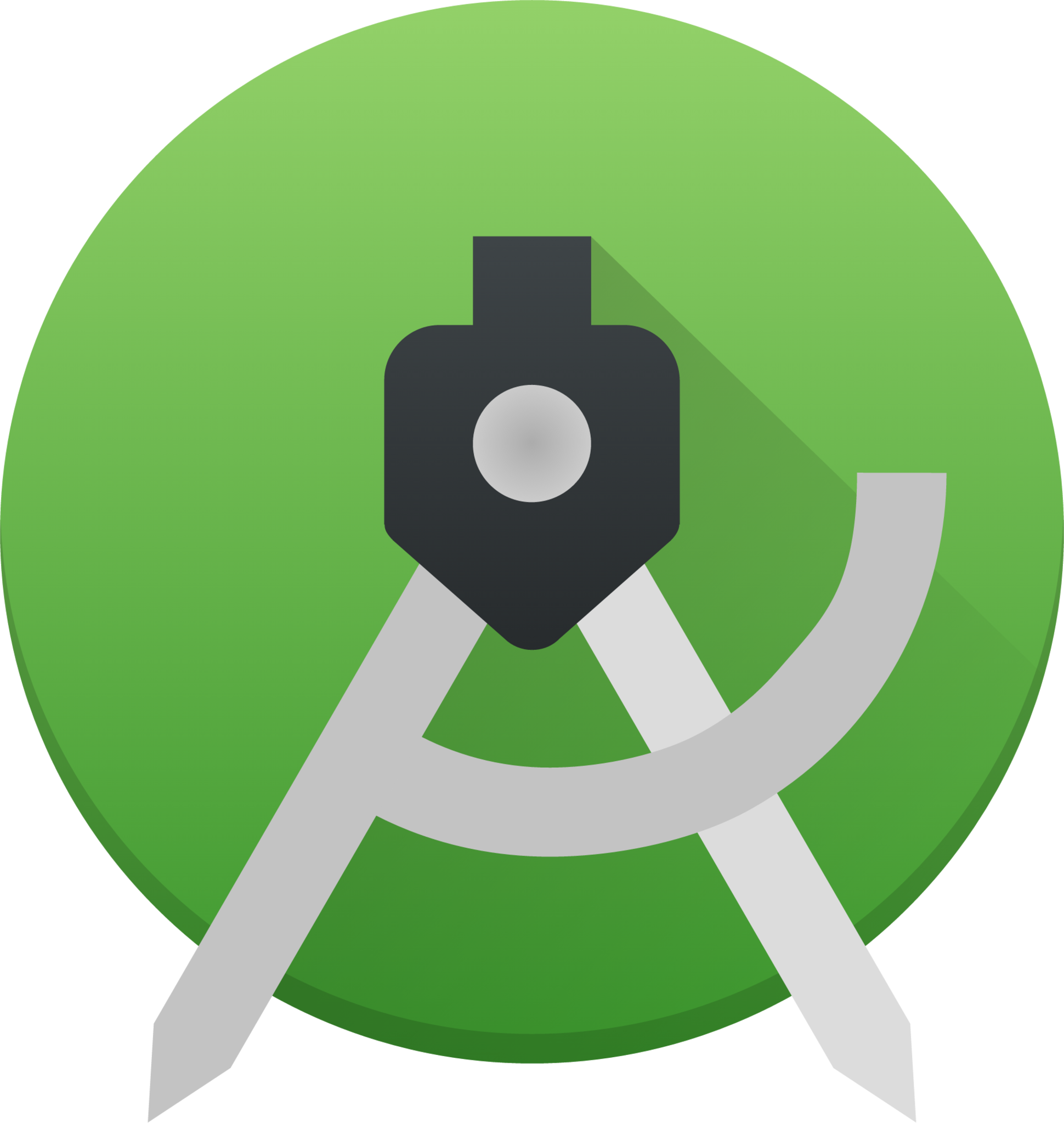
Android Studio

Android SDK
.png)
Firebase
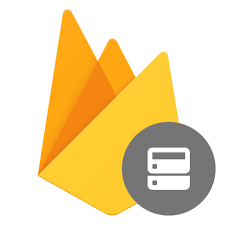
Firebase Realtime Database
.png)
Google Analytics
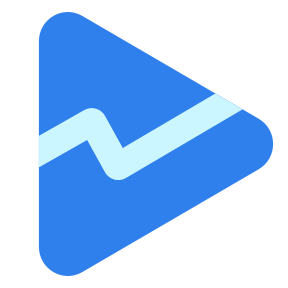
Google Play Console
.png)
Google Ads
.jpg)
Kotlin

Swift

Firebase Cloud Messaging

Room DB

SQLite

Visual Studio Code
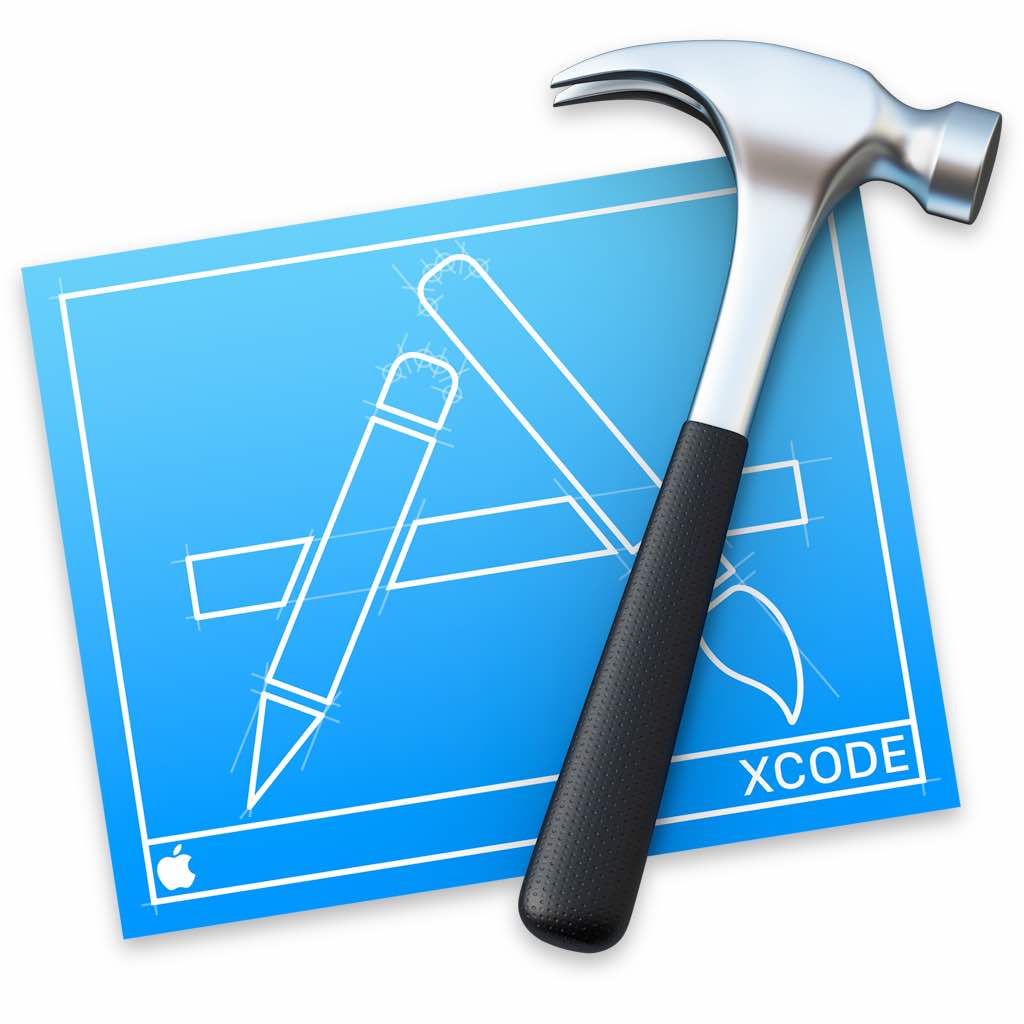
Xcode

GitHub
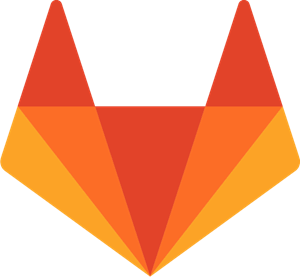
GitLab

Bitbucket

Ktor
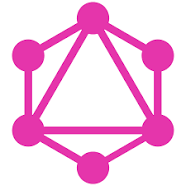
GraphQL
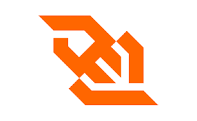
WebSocket

Material Design
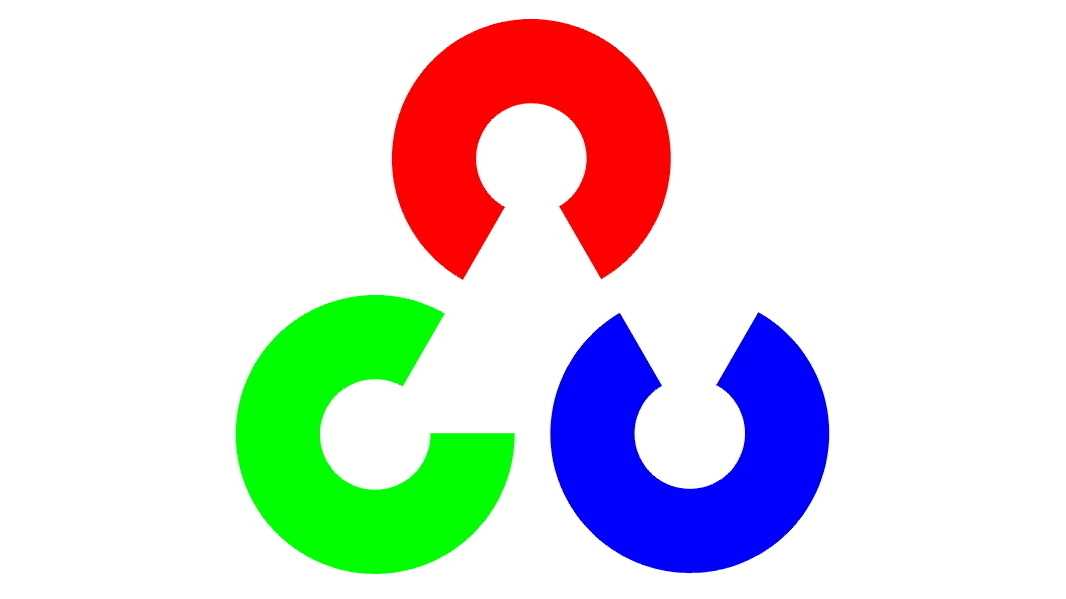
OpenCV

AWS S3

Agora

Mediapipe

AWS S3
Work History
Lead Multi-Platform Engineer
OneplaySr. Android Backend Engineer
OneplayLead Software Engineer
OptiSol Business SolutionsSenior Software Engineer
OptiSol Business SolutionsProject Manager
WAIOZ Consultancy Services Pvt LtdSr. Android Developer
WAIOZ Consultancy Services Pvt LtdAndroid Developer
WAIOZ Consultancy Services Pvt LtdAchievements
- OKR champion for the various quarters.
Testimonial
Eposbuddy
RobApperitated me on the leading the team and the succeful completion of various R&D task we did on the kiosk.
Major Projects
ADAM
i-Connect & RCM
REBATE
DW
Education
B.Tech., - Computer Science & Engineering.
Kalasalingam Academy of Research and Education (2019)MBA., - Artificial Intelligence and Data Science.
SRM Institute of Science and Technology
Certifications
Android
Google play store listing certification
Swift (programming language) passed linkedin skill assessment
Kotlin essential training
Android espresso essential training
React native ecosystem and workflow
Android studio essential training 2020
Ar development techniques 01: basic concepts
Swift 5 essential training
Android development: modern android ui design elements
Android development essential training: the user interface with kotlin
Android development essential training: app architecture with kotlin
Intermediate kotlin for android developers
Android passed linkedin skill assessment
Intermediate kotlin for android kotlin for android developers
Interests
AI-interview Questions & Answers
Yeah. Sure. Yeah. This is. Like, I have 5 plus years of experience in. So if I have developed some, uh, 20 plus applications. You can have exposures in developing, uh, mobile applications for both mobiles and tablets and also have experience for Android TV specific applications, because I have some experience in Android POS or and the kiosk based applications as well. It's like I have an, uh, expertise in Jetpack components, like view model, live data, uh, navigation, and all. So, also, I'm familiar with the modern architecture, m v v m. So, like, I'm experience in developing applications in Java and Kotlin. Also, I'm familiar with, uh, Ios shift, uh, for my development. I haven't practiced in iOS development, but I have some knowledge. Uh, also have a beginner in Android AOSP and project. Uh, I have some experience in Kotlin multi platform mobile for the class platform development. Also, I have some small beta idea on Flutter and React Native architecture and development practices. Have some, uh, worked on some bridging concepts in React Native and Flutter. Yeah. And then, uh, I've worked with the onset clients, uh, specifically from UVUS. And, uh, you, uh, UK clients have good communication skills, uh, to performing with client end. Also have experience on managing a team, a small system team, uh, to assign the task to them and get input from them. And about the team, can, uh, support them. Uh, also, I can experience making documents for my code, uh, writing unit tests for my code, and I'm my experience in, uh, taking Glint, uh, assessment of specific code using SonarQ. Also, I have, uh, practicing code reviewing, PR practicing, uh, using GitHub's, batching Saturdays, and all, uh, for me and my colleague developers. Also, I have some exposure and mentoring some junior resources under my concerns. Yeah. That's all about me.
Yeah. To debug the applications, we, uh, need to initiate the debugger method so that, uh, we get to know all the stop points whenever, uh, we need to debug the particular functions in the iOS applications. Uh, in KMM, uh, like, uh, I had an exposure to develop the entire, uh, uh, things in a Kotlin tool itself so that I can develop it in a common environment so that it can be shared to both Android and iOS. And, also, we can write some platform specific codes, uh, whenever and hardware specific need is there. Yeah. Also, we can use a Firebase Crashlytics to assist the crash. And, also, in iOS development, we can cross check their logs so that we can get to know the error cases where a particular functionality is making, uh, or a deviator from the appropriate use cases. Yeah. And good to, uh, practicing debugging our applications so that we get to know the misbehaving or vulnerabilities of in our particular function logic. Uh, debugging a dev builder will be useful for a developer to cross check the particular flow or in a particular piece of code, how exactly the flow is working as expected or not, whether it's deviated from a current logic, uh, which was implemented by us. So we can ensure, uh, using the stop functions, stop methods. Uh, whenever the stopper hits, uh, it will be past particular, uh, flow so that once we assess or evaluate the particular code so that it will be we go to the next line of next line next piece of code uh
Yeah. I say I mentioned, uh, Kotlin multiplatform. It seemed like Flutter. Uh, we can use, uh, a dot functions. Also, we can use the composed UI, like, uh, the programmatic UI function using dot functions so that it will be shared to Android and iOS frameworks. Flutter is basically a a browser engine, uh, which run same as React Native. Uh, like, whenever we specific a piece of code in Flutter, like, maybe a and Flutter, it will be mapped to the particular native Android component as well as the iOS component. Maybe, uh, if suppose I'm giving a text view or a text, uh, in a scan flow, a Flutter widget, it will be mapped to the particular exact text view in Android and also, in particular, a map label view in Ios. It's that this functionality is pretty seamless. It will be mapped to the particular components and functionalities. Like, even if, uh, we hit fit some hardware specific business logic, in some case, we can do some native greetings. Like in Flutter, it will be create the Android specific code separately and the UI specific folder separate. If we get to work on the particular hardware specific codes, we can directly, uh, get to work on particular framework, iOS code or some Android code for the hardware specific logics. The common logic, we can handle it from the Flutter app itself. The UI are some basic functionalities we can share. Uh, as I mentioned with KMM, uh, it's beautifully we can share the entire business logic, as I mentioned. Uh, we can we need to, uh, specify those codes, the common, uh, code file, uh, same as Flicker. Also, it will be create a a folder for Android app and specific folder for iOS app. Uh, apart from Flitter, how KMM is handling this particular code sharing? For Android, it's already a native code, and it's right in the Kotlin framework. So that there will be no bridging or component matching or a browser engine will be. It gives a native feel, uh, for a user to work with KMM. For iOS, it will be mapped to the exact c code, c, uh, objective c code or a SIP code from the Kotlin, uh, code. Like, the Kotlin's textures and the syntax will be very similar to SIP logics. Uh, with help of the, uh, frameworks of KMM, it will be convert the particular Kotlin codes to the particular SIP codes. Here also, we can, uh, manage, handle the particular platform's as big codes. Uh, if we assess a geolocation in Android, we can specifically work on particular geolocation Android folder. I'd see him in a folder. Here, uh, uh, the more precisely we can the rest clients and the DB clients, uh, using Ktor and SQLite so that the Ktor will map, uh, the native code environment, uh, which was provided by the retrofit line or alarm of 4 in Ios. It will be mapped. It will be act as in a a common shared code. So in SQL, it apart, uh, differ from the basic SQL or room DB. Like, we can directly, uh, write the SQL queries itself. It map. Uh, it will be used, uh, schemas generated from this QL particular query so that the class files, the folders, the tables will be generated. Can directly use it from the, uh, native files either from my
Analytics in the flat top mobile app. Better user experience. Yeah. Analytic tool is to assess an user event. Like, whenever a user hits on the login, uh, button when he hits on the login button, we need to analytic, uh, the particular event of a user with help for there may be some analytic things, uh, specifically for the geolocations where specifically the user is from or, uh, which screen the user is actively using. This kind of inputs we can gather from the analytic Firebase analytics tools. For that, we need to create a fire based project, uh, in the fire based console. And then we need to create the and wire, uh, iOS applications in there so that, uh, uh, we need to for the iOS, we need to generate the JSON file. And for the, uh, I I've always we need to provide the key API key in the iOS. The server and to share the server keys. And, also, we need to specify the dependencies for the Firebase analytics in the Flutter, and we don't mention that it will be mapped to the courts. And whenever, uh, we need to initiate the Firebase applications. Also, whenever we need the analytic event, we need to create the particular event, uh, in our application flow so that whenever the particular event is hit with the user, it will be tracking our analytics tool So that once the, uh, the integration steps are done, the apps get to the production, we can, uh, open a file based console, can check the particular, uh, analytical logs or analytical datas from the applications. Android and iOS specific platforms will be there, and your geospecific. Like, a specific datas will be there. User specific datas will be there. Also, we can, uh, analytic how many users we'll be using our application on a day basis, on a week basis, on a month basis. Also, we can, um, get to know, uh, with the help of analytics tools, we can get to know the screen time of the users. Also, we can get to know which particular screen the user is more actively using and which specific time period the users are, the more active in the usage. Other than some some specific concerns also, we can assist with
Can feature flags be used? Progress key rule or the new feature in a mobile app. K. Feature flags in the sense in the GitHub are, uh, not exactly assuming that. Uh, feature flags are same. Like, whenever a new feature is, uh, going to develop, we create a feature branch and then get, uh, we need to develop the particular feature. And once the, uh, particular feature is done, we need to rise PR. Once the code review is done, we can proceed with the pipelines, CICD pipelines. When the, uh, Linton assessment from the CACD pipeline, it's without failing its, uh, done, uh, its performance in the CACD. So we can directly configure our CACD to the Play Store. It will be create the ADB file or APK file. It will deploy, uh, with some release note which was, uh, provided in the coming messages. K. Uh, when rollout a new feature into an Android app with thermos and seamless feature, we need to upgrade the version. We need to upgrade the version codes. And once we generate the APKs or a a b b file, we need to put it in the release console of an place console or an apps into console, uh, we can go for Ios. Like, once the application is rolled out, it, uh, most of the review state once the review is done, it will be, uh, approved approved application from the, uh, Google team, also the play, uh, Apple team. A bunch, uh, things get done. Uh, our application will be available in the production, uh, either on the Play Store or in the App
Okay. The performance of assisting an API, uh, it's like, uh, first of all, we need to assess the performance with the response time of a particular API. Like, API, uh, returning a huge amount of data at the time, the performance will be get too low so that we need to assist things by the response time. Also, when the input, uh, data is also if we if sometime we need to upload or a image or a use multipart at the time, there may be some respond time delay. So at the time, we need to conscious about the compression of the particular image. Like, uh, before uploading, you need to compress the image so that the performance will be, uh, seamless. It will be, uh, uh, not poor. Also, I have some suggestions using GraphQL, uh, APIs so that we can have a power to declare the return responses of server, uh, API. For example, with other network lines like, uh, for a retrofit for Android, uh, it will, uh, push the entire, uh, return responses which are returned from the table. But with GraphQL, we can specify, uh, the specific input datas. Like, uh, if, uh, in some particular API, I I just only need the username, a password field, or some, uh, specific, um, email console, some profile information, URLs, or something. So I can define these particular 5 to 4 inputs, Right? 5 to 4, uh, it will generate the schema. And once the particular API is hit to a graphical API, it will, uh, fetch only these particular inputs so that the response time will be more more precise compared to the other network lines, uh, so far in the market. Yeah.
Review this letter which is subset, identify which part. Because an exception suggest improvement to ensure the machine. Okay. Here's the definition of my custom with which should extend the state full widget. Let's create the state State subscription subscription. A variable is described. Stream subscription. Unity state instant stream, you called my stream, um, stream dot deviation seconds 1. Subscriptions equal my stream dot late lens. Uh, performance action. Dispose. Support or dispose. Yeah. I can have some concerns over this particular piece of code. Like, we haven't released the subscription in the dispose functions. Also, in the in it function, uh, like, we need to check whether the my stream state properly initiated, and we are able to listen to particular subscriptions. But then only we can perform actions over that. So we need to check on exception for whether the streams created properly. Uh, a simple case, we need to use a dry catch block, and we need to properly dispose the particular stream subscription in the dispose function. This is my concern in that particular piece of code Yeah. But it is not properly disposed so that we need to dispose the particular stream of
HTTP request. Explain the code block for an API call, uh, inflector. Is there a better way to handle the HTTP request in response to employee error handling? Yeah. Here, I need to see a fetch user data and async call. Final response are white. Uh, it hits then, uh, get API get method. An example user. Response code are 200, Uh, JSON dot decode. Response decode. Else, through exception, failed load user. Yeah. Uh, it's a pretty good straightforward approach to, uh, hit that particular user API and retrieve response of user data from the particular API once the status code is 200. Uh, for the other case, it stores the exception, like exception handling, we need to assess, uh, the exception request codes for the server, uh, like, server time error or some API end point missing. These kind of, uh, basic, uh, failure error codes need to be handled from our end for the better improvement in handling and maintainability so that we get to know what exactly the error is from the response. Like, uh, and it's directly used to the else part so that we, uh, are not to know whether the AP is failing in the server, like internal server error or a 4 0 4 or 4 0 5, not 1 unauthorized error, something else. So the for the better approach, we need to handle these kind of, uh, best practice error handling so that we get to know what exactly the error is, and we can, uh, directly, uh, go and work on the things. Like, if we occur with an phone or one error, like unauthorized error, we can work on the unauthorized one. Maybe we need to pass the access token for the particular API. If it's phone or 5, we directly, uh, go or check with the back end team whether the server is running properly or not. If it's phone or 4, whether the AP endpoint is itself missing. At that time, also, we can reach out our back end team, uh, whether the server is running, the particular endpoint is there in the server start, uh, by maintaining the exception handling properly, the error codes properly, we can reduce the, uh, debugging time or a logging time from particular
How would you architect an offline first mobile app using Twitter where data integrity is critical? Okay. An offline first mobile, uh, design. It's a good approach, basically. Like, when this kind of approach, we never lost a particular data. Like, uh, if 1 cloud friend based application, uh, if we want to put some basic information through some APIs, the time the API get failed, we lost the particular data. If it's offline first mobile application, the time we store the particular datas to the local, uh, DBs, both in Android and iOS. For Android, we can go with RoomDB. For iOS, we can go with, uh, DB options. So we can create the particular DB, and we can, uh, store the particular data. The other case, we can go for preferences. Both in Android and iOS, we have preferences. For most sensitive datas, we can go with encryption preferences so that the data will be encrypted. And when the time of return, we can decrypt with the same, uh, keys specific to the decryption and encryptions. This will be enhanced offline first mobiles. Uh, offline first mobiles are basically uh, accused as a, uh, feasibility to work with the datas, like, uh, for long running, uh, API responses there. Maybe a home page of a particular app where, uh, the data size will be some 200 MB. Uh, for each fetch, it will be load the 200 MB data again and again. It's a, uh, local or offline, uh, first mobile application. We can directly catch the particular, uh, data and the catching catching and store it in the DB so that whenever, uh, the API is not changed, we can directly fetch it from the API, uh, like the local DB itself without fetching it from the server. We can reduce the server like, save the API calls. Also, the user have the flexibility to work without the Internet as well. Like, uh, we need to provide the UX the user experience. Uh, the user need to be processed when a small lag is there in the API network line. Still at that time, uh, we can go, uh, the user with offline datas to
The Firebase with the app for a real time database. Yeah. Firebase having, uh, a feature called real time database. A data store is there with Firebase console. We need to create our app for Android and Firebase. Like, uh, we need to enable the real time data store. And once the Firebase dependencies are added in the application, once the Firebase apps get installed, we can directly create a table, uh, with the use of the real time, uh, data store Firebase data store. We can create the particular DB. We can add, insert, delete with this. Uh, like, uh, Firebase DPA can suggest when, um, the data we are handling is, uh, more precise and straightforward. Uh, there may be no more complex datas will be there and more, uh, complex business logics be not handling the server end of Firebase. The time if, uh, a state for our data is there, like, a simple, uh, fetch operation, a simple, uh, form storing operations. That time, uh, I can firebase data storage. And, also, it's good for scalability, good for its scalability and performance. We've learned from Google client. So the performance of Firebase DB, it's, uh, smooth smooth and a seamless performance in the low of the app. Yeah. It's easy to integrate the Firebase data store with, uh, a React Native apps. Uh, simply, we need to create, uh, the Firebase app, the Firebase need to enable the real time DB. And once the Firebase apps get in slice, we can create or we can fetch from the existing DBs.
Uh, what are the key factors to consider when integrating a third party UI component into our Shopify mobile applications? Yeah. The key factors I consider when integrating a third party, uh, UI component is like, uh, how latest the particular third party is. Uh, basically, like, how very recently it developed. Like, very recently developed in a sense how frequently they are releasing the updates, the particular third party. Like, while going for a third party, we need to update things. And the best approach for using a third party is without using it as an dependency, we directly use it as an model. Like, if, uh, if, uh, widget is there for status view, uh, we're simply using the particular, uh, dependency directly in our Flitter app. Instead of this, we can download the particular source model, and we need to include the particular model in our application. So that is a long growth. For a product more product specific model, we can also develop our key features in the third party also. So that it'll be relay on the thing. Or else we need to wait for the third party to upgrade their releases by using a model specific environment. Uh, it's easy for us to, uh, uh, without waiting for the third party to upgrade some technologies. Uh, consider this case. Maybe, uh, if Android 11 is there, the time we including the third party. Android 12, uh, has come or some Ios or upgrade was an upgrade state. At that time, the 3rd party is not yet releasing the versions. Uh, what can can we do at the time? If we include it as a model, we can, uh, apparently work on the third party to upgrade and adaptability of the particular third party for the, uh, recent work since Ios. So that, uh, using us in third parties and modern is more powerful, uh, more precisely to work with
